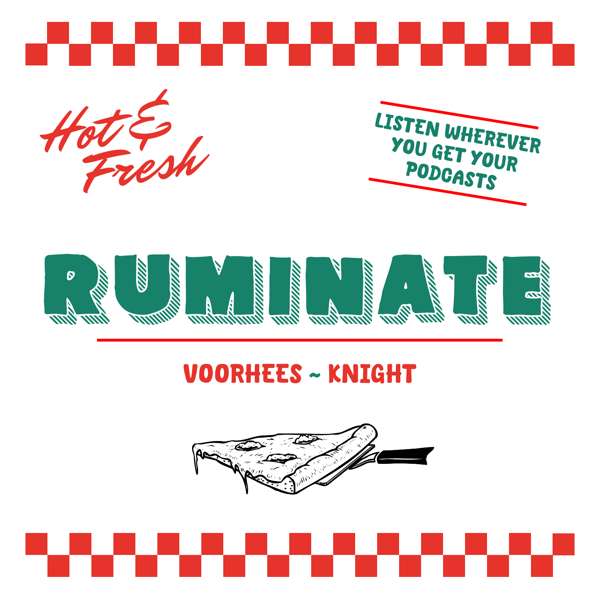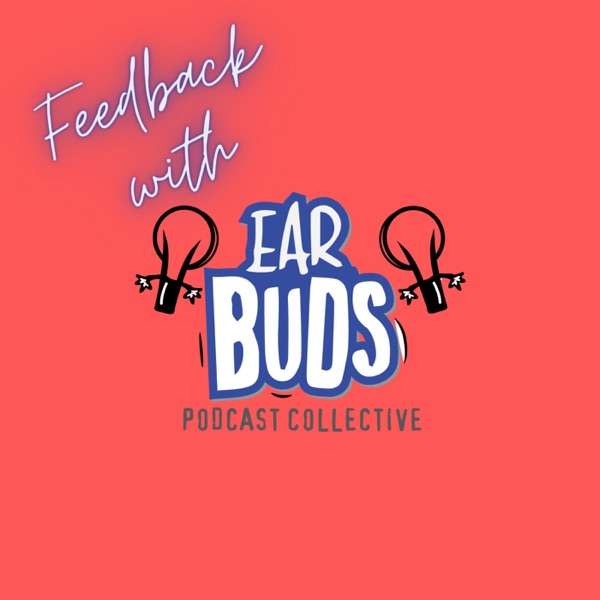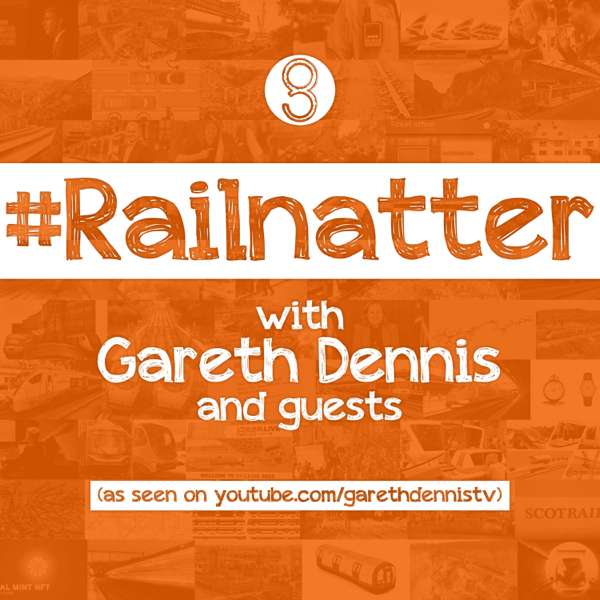
Your friends from college are asking you how to buy Bitcoin. Your mom is emailing you articles about the benefits of decentralized peer-to-peer networks. Your shoe shiner is telling you to buy XRP.
It is 2018, and cryptocurrencies have become a daily part of news headlines. The general public may not understand how this technology works, but everyone knows that changes are on the horizon. At some point in the future, our financial and computing systems will be deeply integrated with the cryptoeconomy.
We all remember the dot com boom. We know that some people got fantastically rich during that period through speculation. We think–maybe this is our chance to make money.
If you read Reddit, or almost any news site, you will see stories of obscene wealth intertwine with pseudoscientific discussions of how a new cryptocurrency is going to change the world. What is fact and what is fiction? How far are we from a beautiful future, with frictionless micropayments?
Matt Leising is a journalist at Bloomberg who has covered financial markets for 15 years. Today, his reporting has been completely engulfed by cryptocurrencies. There are so many dramatic stories, it’s hard to pick what to focus on.
Today, we discuss two topics he has covered recently: Ripple and Tether.
Ripple is a company that makes enterprise blockchain solutions for global payments. That sounds like the future, and it is no surprise that people would want to buy into Ripple if possible. Ripple has been around for 7 years, and they have a strong team and relationships with major financial institutions.
One of Ripple’s early projects was a currency called XRP. The goal of XRP was to make a fast, scalable digital asset that would facilitate currency exchange among banks. We covered Ripple and XRP in previous episodes with David Schwartz and Greg Kidd.
XRP remains in circulation, but Ripple the company has shifted development resources away from XRP, and towards RippleNet, which seeks to replace the aging SWIFT code system for banks. Today, XRP is being experimented with by several money transfer companies, but the digital currency is not widely used for anything–well, other than speculation.
In the tremendous cryptocoin bull run of early 2018, XRP shot up as sharply as almost any other coin. In an article about Ripple, Matt Leising tried to get to the root explanation for why this occurred. Was it a sudden market recognition of some long term value of XRP? Was it a stampeding herd of people who did not know the state of XRP? Was it a pump and dump?
A few days after publishing his article about Ripple, Matt wrote about Tether. Tether purports to be a “stablecoin”–a digital currency which is pegged to the value of something less volatile. Stablecoins are useful in that they can reduce the friction of exchange between tokens. Without a stablecoin, you might have to transfer from one cryptocurrency to USD, which probably involves the US banking system.
There’s a good discussion of stablecoins in our episode with Vlad Zamfir and Haseeb Qureshi on cryptoeconomics.
If you can use Tether instead of USD, you have less transactional friction. Perhaps you can escape the onerous tax consequences of day trading cryptocurrencies. Tether claims to have $1 USD in reserve for every 1 Tether in circulation.
So if you wanted to cash out Tether for USD, you should theoretically be able to do that–except that Tether seems to have no connection to any banks. And Tether has severed its ties with auditing agencies that it was working with.
There is $2.3B of Tether in circulation. That is a small fraction of the overall trading volume of cryptocurrencies. But it is unknown how much the current crypto bubble is propped up by the functionality of Tether–the ability to seamlessly move between cryptocurrencies without going into USD. As long as the market believes in Tether (and today it is indeed at $.999014) in valuation, this stablecoin mystique will persist, and market friction will continue to be smoothed out by that belief.
This was Matt’s second appearance on the show, and it was a blast to have him back on. In his last episode, he discussed the infamous DAO hack, which led to an Ethereum fork. To find that episode as well as links to learn more about the topics described in the show, download the Software Engineering Daily app for iOS or Android. These apps have all 650 of our episodes in a searchable format–we have recommendations, categories, related links, and discussions around the episodes. It’s all free and also open source–if you are interested in getting involved in our open source community, we have lots of people working on the project and we do our best to be friendly and inviting to new people coming in looking for their first open source project. You can find that project at Github.com/softwareengineeringdaily.
The post Tether, Ripple, and Blockchain Reporting with Matt Leising appeared first on Software Engineering Daily.

 Our TOPPODCAST Picks
Our TOPPODCAST Picks  Stay Connected
Stay Connected





















 Cryptocurrencies today serve two purposes: store of value and speculation.
Cryptocurrencies today serve two purposes: store of value and speculation. 











 Cryptocurrency infrastructure is a new form of software. Thousands of developers are submitting transactions to Bitcoin and Ethereum, and this transaction volume tests the scalability of current blockchain implementations. The bottlenecks in scalability lead to slow transaction times and high fees.
Cryptocurrency infrastructure is a new form of software. Thousands of developers are submitting transactions to Bitcoin and Ethereum, and this transaction volume tests the scalability of current blockchain implementations. The bottlenecks in scalability lead to slow transaction times and high fees. 


 The Interplanetary File System (IPFS) is a decentralized global, peer-to-peer file system. IPFS combines ideas from BitTorrent, Git, and Bitcoin, creating a new way to store and access objects across the Internet.
The Interplanetary File System (IPFS) is a decentralized global, peer-to-peer file system. IPFS combines ideas from BitTorrent, Git, and Bitcoin, creating a new way to store and access objects across the Internet. The Ethereum community started as a small group of dedicated engineers. It has ballooned to thousands of engineers, entrepreneurs, and investors, all of whom have a stake in the direction of Ethereum. Ethereum is an open source project, and the direction of a popular open source project can get complex.
The Ethereum community started as a small group of dedicated engineers. It has ballooned to thousands of engineers, entrepreneurs, and investors, all of whom have a stake in the direction of Ethereum. Ethereum is an open source project, and the direction of a popular open source project can get complex.




















































